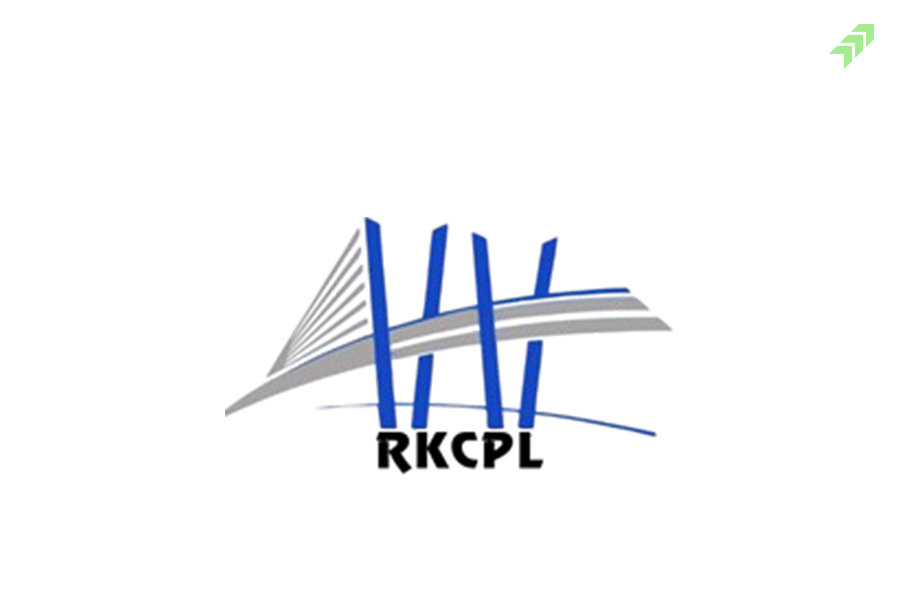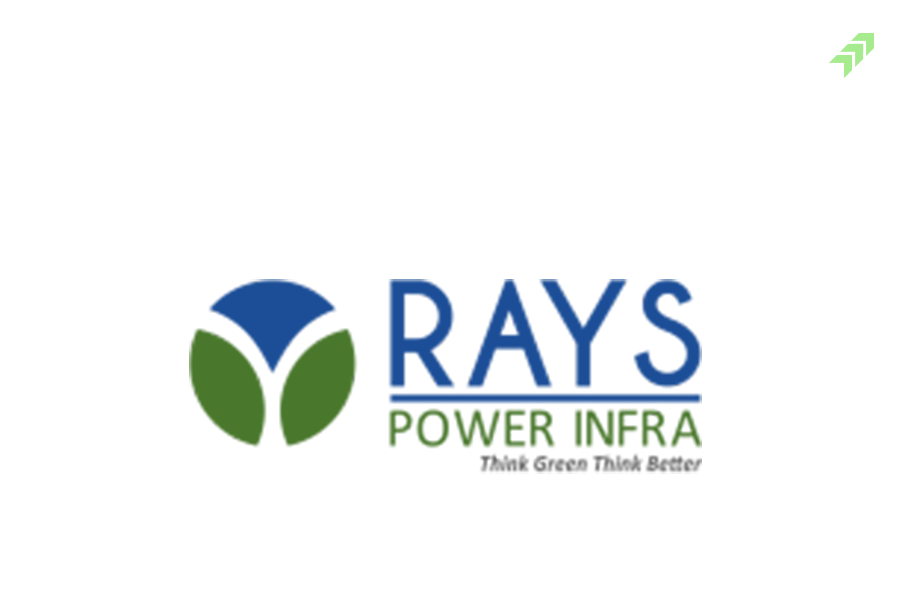Trading in the stock market gives you various options to multiply your capital lying into your bank account. Though, it is not guaranteed or possible every time you trade in the market and earn a profit, there is also the possibility of incurring losses if your trade decision goes wrong or the market moves against your expectations. Hence, trading with the right approach can make your investments profitable.
Apart from future & option, intraday trading and delivery-based trading are two popular trading strategies that you can follow in the stock market. Though futures and options are not for beginners or less experienced traders, the latter one intraday and delivery trading can be suitable for all types of traders. Here, you need to understand the difference between delivery and intraday trading and which is best for you.
What is Intraday or Day Trading?
Intraday trading or day trading is a day trading game in which you can enter into a trade position and exit from the same on the same day before the end of the trading session. When you trade with an intraday trade position, your position will be automatically squared off when the market closes. Either you incur the loss or earn the profit, intraday trading is meant only for one day.
In this type of trading, you don’t get the delivery of shares in your account; instead, the adjusted profit or loss is transferred into your trading account. Hence, you have the benefit of trading into both types of trades; either you can enter by buying (long) or selling (short) the stocks. In both types of trades, your trade position will be closed at the end of the market hours, or you can also exit anytime during the day.
Also Read: How to Decide Best Entry & Exit Points in Intraday Trading
What is Delivery-Based Trading?
Delivery-based trading is not a one-day trading strategy; here you have to take the delivery of shares into your demat account, where you hold either a long position or sell anytime whenever in the profit. Delivery trading can be done with the motive of short-term price movement in the stock or with a long-term investment perspective to multiply your wealth with an increase in the price over the years.
Here you get the ownership of holding of the shares in your demat account with the eligibility to get the dividends, bonus and other benefits given to equity shareholders. For delivery trading, you need a higher amount of funds as you need to pay the full amount of the trade value. While in intraday trading, you can use the margin trading facility and enjoy higher value of trades with low funds.
Difference Between Delivery and Intraday
Intraday trading is different from delivery trading in terms of the duration of remaining in the trade position. Day trading is a day story, while in delivery-based trades, you get the shares held for the period till you want to sell them in the market. However, there are many more aspects making day trading different from delivery trading, which will help you to choose the right one.
Intraday and Delivery Difference:
| Aspects | Intraday Trading | Delivery Trading |
| Time Horizon | The time horizon is one day, as you have to buy and sell or vice versa on the same day. | More than one day, and can hold the delivered shares for many days or years as per the wish. |
| Objectives | To earn profits from the intraday or short-term momentum in the stock price. | To invest in the value stock with a medium to long-term growth perspective. |
| Ownership | No ownership is transferred, as you don’t get the physical delivery of shares. | Shares delivered in your demat account means you are the owner of theseshares. |
| Funds Required | Less amount of funds required, as you just have to deposit the margin money, or you get the leverage to trade in high-value trades for the day. | The complete fund is required to pay the full amount for purchasing any shares, and there is no such margin facility, making delivery trading costly. |
| Leverage | Here you can get up to 5 times of leverage to trade with the funds available in your trading account. | Need to pay the full amount to complete the trade and take the delivery of shares in your demat account. |
| Risk Level | High leverage with the risk level is very high due to a limited time horizon to exit from the trade position. | Low risk, compared to intraday, as you can hold the shares till you get the profits from your investments. |
| Returns | If the market favours, you can get high returns with the possibility of losses if the market turns unfavourable. | Returns could be low, but high possibilities of earning stable profits with other incomes like dividends, etc. |
| Analysis Process | Mainly, technical analysis is used to analyse the current trend and possible movement in the stock. | Fundamental analysis is the main tool to analyse the fundamentals of companies to pick the best stock. |
| Trading Strategies | Breakout, momentum, scalping, and trend reversal are the top trading strategies followed by traders. | Swing trading, range-based trading and buy on dips are the top strategies in the delivery trading. |
| Monitoring | High monitoring is required due to the limited time frame and impact of volatility in the market. | Low monitoring is needed with enough time to sell the shares when the market is favourable. |
| Trading Cost | The brokerage charges are low for day trading, but frequent trading can increase the cost of transactions. | The brokerage charges are low, and fewer transactions occur, but additional cost like demat charges. |
| Dividends | Not eligible to get the dividends, as you do not hold any shares in your demat account. | Shareholders are eligible to get dividends, bonuses and benefits of the corporate actions. |
| Taxation | Short-term capital gain taxes are applicable on the profit earned from the buying or selling from the intraday trading. | Long-term capital gain taxes are applicable on profits after one year and STCG if shares sold within the year. |
| Suitable for | Suitable for experienced and high-risk investors looking to earn profits from short trading activities. | Suitable for beginners and low-risk investors with the perspective to earn from long-term investments. |
Intraday or Delivery which is better for Beginners?
Beginners need to learn from risk-free trading practices, and intraday trading could be highly risky for them due to unexpected market fluctuations that can cause losses. To understand and predict market movement one you need knowledge, skills and experience to analyse the various situations precisely.
While day trading provides leveraging of trading into high-value trades with small capital, beginners should start with small capital in delivery trading and understand the market dynamics. Delivery trading provides them a chance to exit from their trade positions whenever in profit. However, in day trading, beginners need to trade with the right strategy to earn profits with proper risk management.
Also Read: How to Manage or Do Risk Management in Options Trading
Which is Best for you, Intraday or Delivery Trading?
Intraday and delivery both types of trading carry advantages and drawbacks. Different types of traders or investors choose them as per their trading strategy or investment goals. Intraday could be risky, but it has some benefits, while delivery trading can be suitable for all types of trading. Below you can find the pros and cons of both, on the basis of the same you can decide which one is suitable for you.
Advantages of Intraday Trading:
High Leverage: With the margin trading facility, you can trade in high-value trades with small funds. This kind of leveraging provides the benefit of trading with less capital.
Potential of High ROI: As you can trade up to 5 times the funds available to you, and if your trade ended in profits, your actual return on your actual funds invested would be very high despite paying the interest.
Short-Selling Allowed: If you don’t have the physical shares, you can still sell them through intraday trading, as your trade position will be closed end of the day and you don’t ned to deliver the shares to the buyer.
Low Brokerages: Compared to delivery trading, the brokerage charges are low; hence, you can execute multiple transactions in a day with low transaction costs.
Disadvantages of Intraday Trading:
Highly Risky: It is a one-day game, hence very risky in terms of limited time to exit from your trade position in profits. And due to high leverage, you can incur huge losses if the market does not move as per your expectations.
Also Read: Types of Risks Associated with Investing in the Stock Market
Short Time Frame: You cannot hold your trade position for the next day if traded intraday. And if your trade position incurs losses, it can cost you high due to interest charges on margin funds.
No Other Benefits: You will not get any dividends or other benefits announced through corporate actions, as you don’t hold the ownership of any share.
High Skills Required: To trade in day trading, you need high skills and knowledge to use the technical indicators, trading tools and use various other parameters to analyse the market or individual stock.
Advantages of Delivery Trading:
Low Risk: As you get enough time to analyse the stock and pick the right one with the facility, wait till your trade position becomes profitable.
Also Read: Short Term trading v/s Intraday trading: which one is more profitable
Long Term Approach: Delivery-based trading encourages you to hold your position for the long term, which can give you good returns in terms of dividend income and price growth with the growth of the company.
Dividend Income: You will be entitled to receive the dividends or any other benefits announced through corporate actions like a bonus issue or right issue for the equity shareholders of the company.
Disadvantages of Delivery Trading:
Low Liquidity: When you sell your holdings, you don’t get the funds on the same day; it takes one to two days, depending on the settlement cycle, making delivery trading a low liquidity trade.
Capital Required: Here, you need a huge amount of capital to fund your investments, and your funds are blocked for many days or years as you wait to earn good returns from your investments.
Demat Charges: Here, due to the rotation of shares regularly in the delivery trading, you need to pay annual charges or custodial fees for your demat account.
Conclusion
Intraday or delivery-based trading both have pros and cons. You can choose them as per your trading or investment goals and risk aptitude. If you are a high-risk trader, you can trade intraday and take advantage of market fluctuations, while for low-risk traders with a medium to long-term investment perspective, delivery-based tradingis more suitable for them.
Also Read: What to Know Before Investing in Stocks: 10 Things to Consider
However, if you have the technical knowledge and skills to trade intraday, you can go with it. While to make your delivery trading experience successful, you need to understand the fundamentals of the company and correlate various factors that can affect the stock price of the company.
Hence, should choose the right one that suits your trading strategy, or you can use a combination of the same, as per the market conditions, to enjoy the benefits of both types of trading. And to minimise your cost of trading, you need to choose the best discount broker in India offering the trading and demat account with the lowest brokerage charges with maximum features to their customers.

















